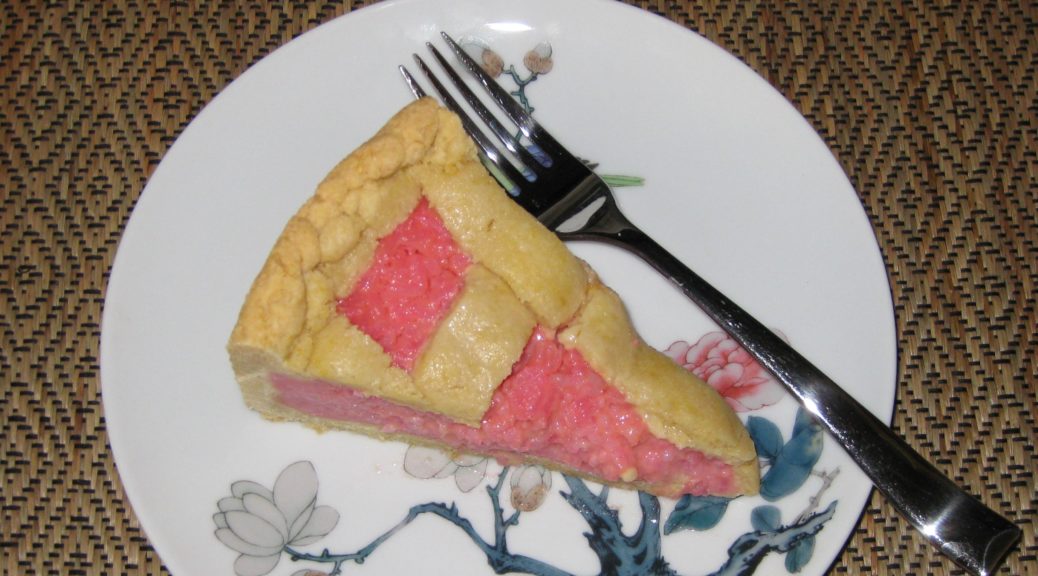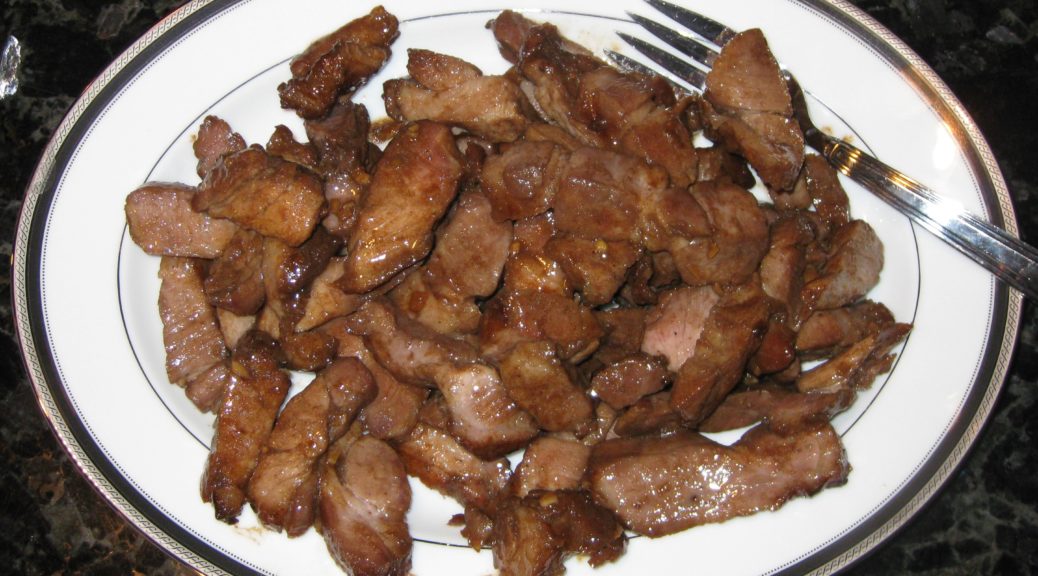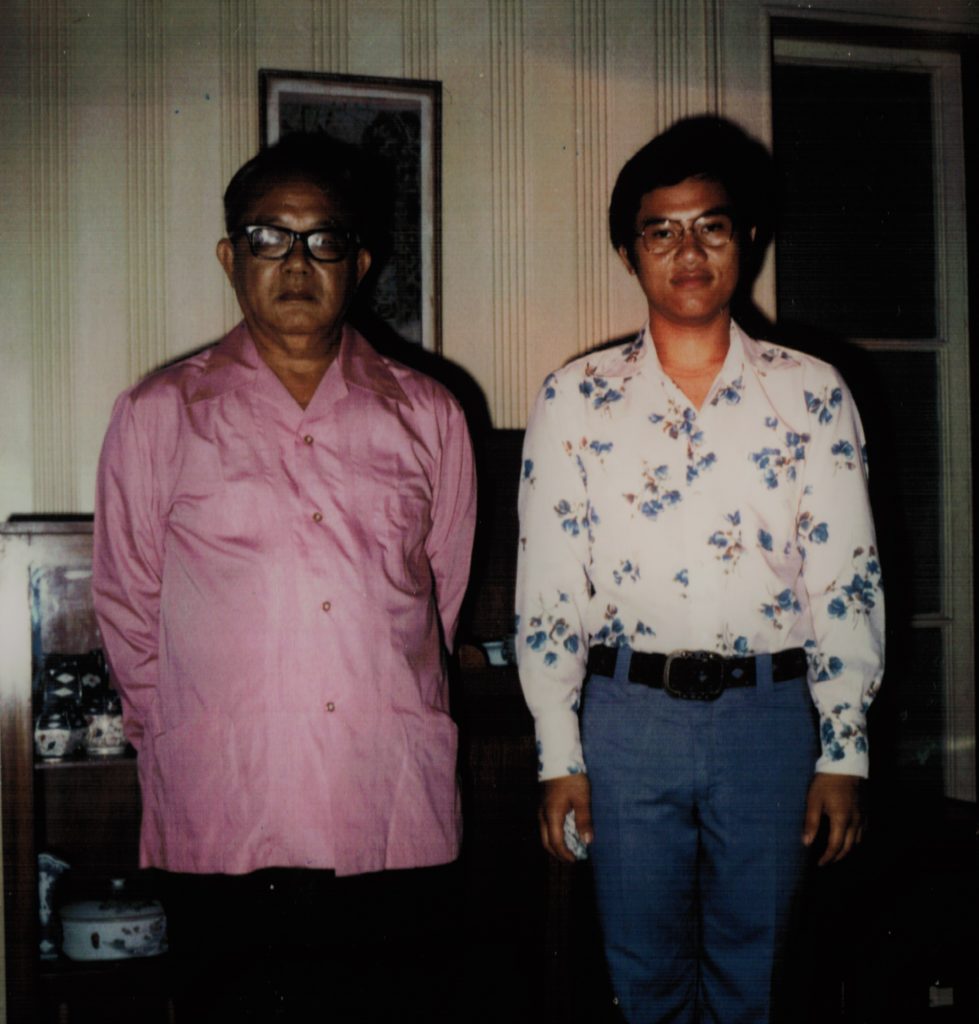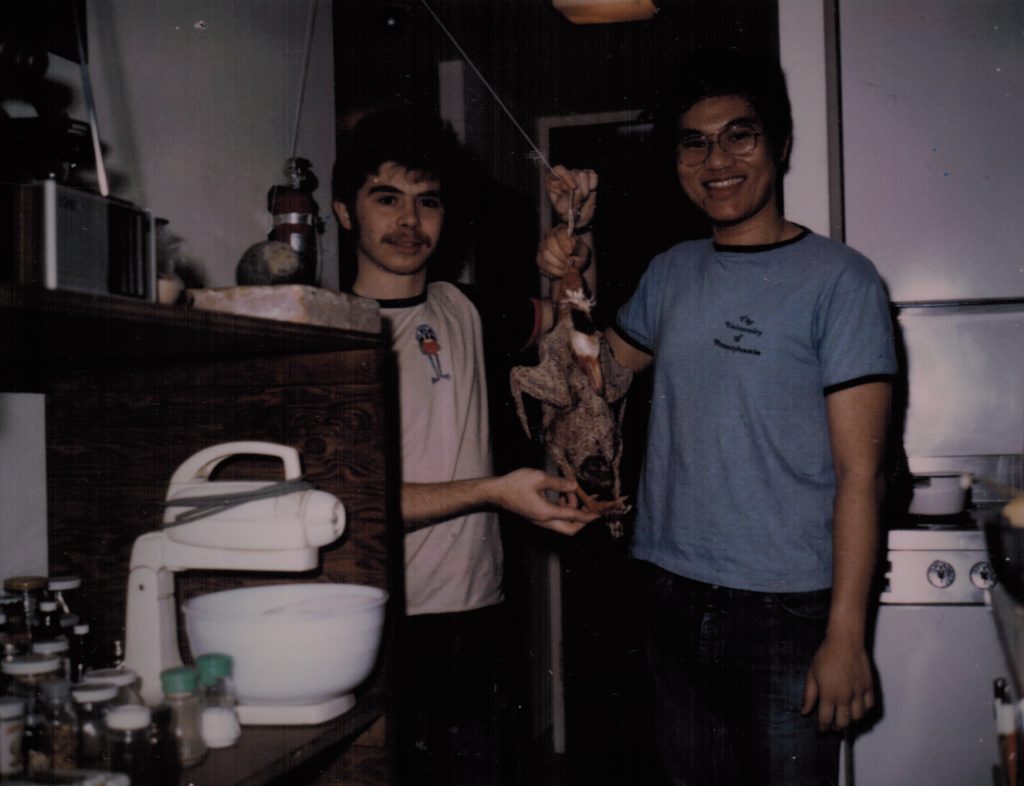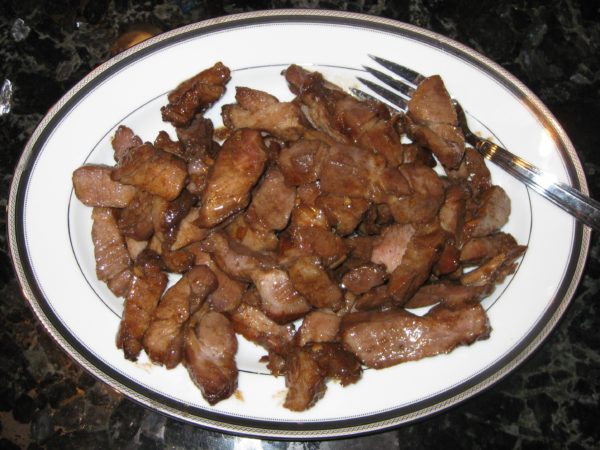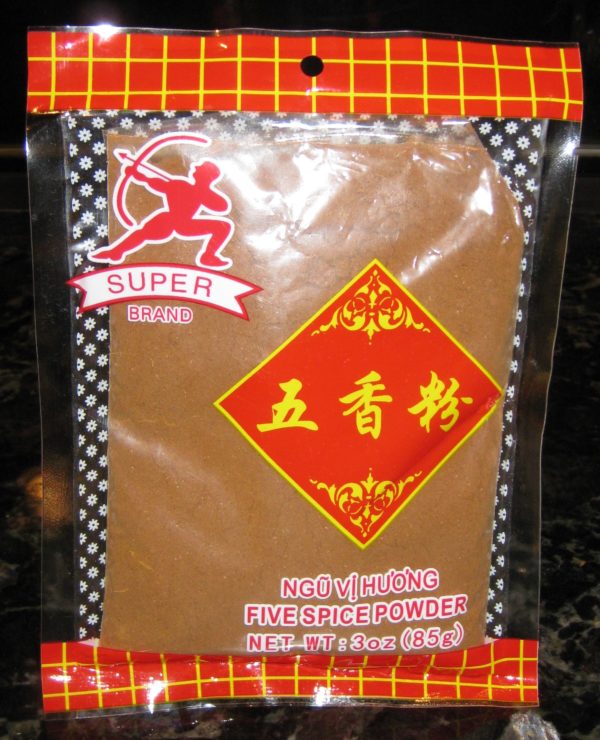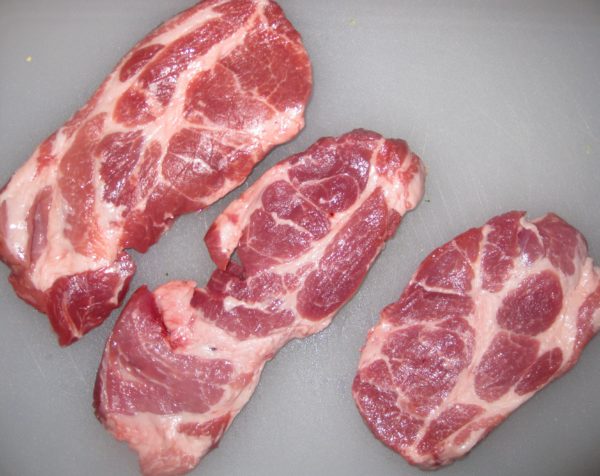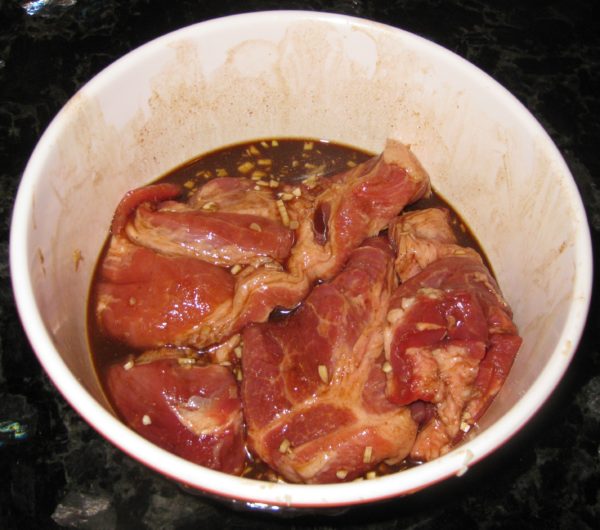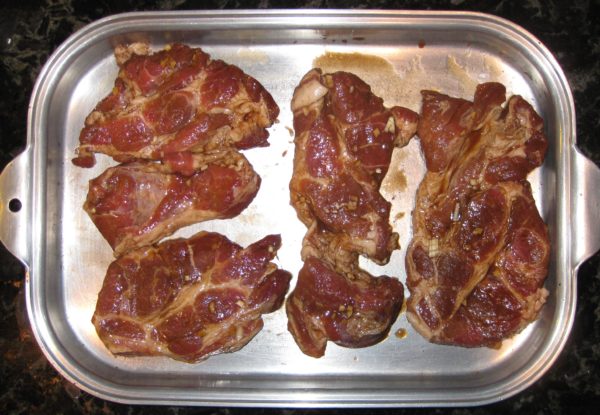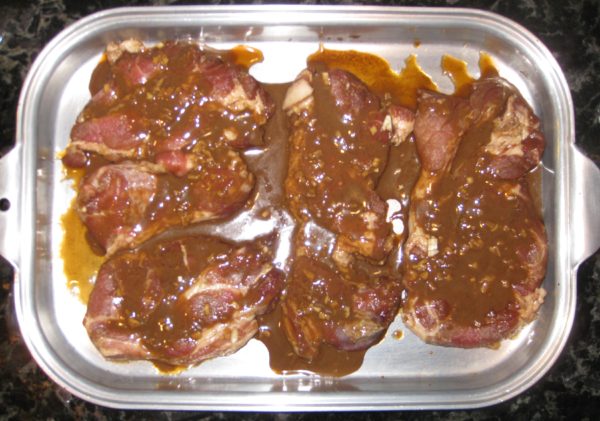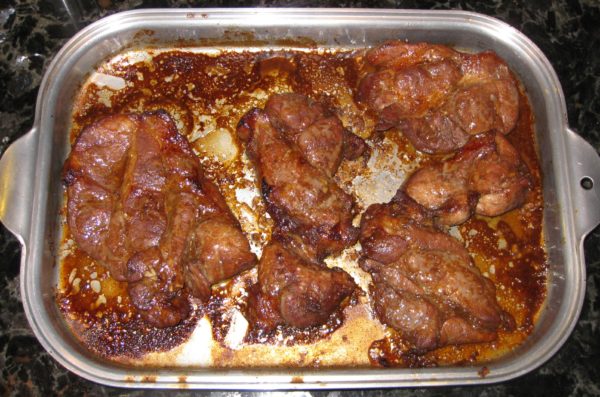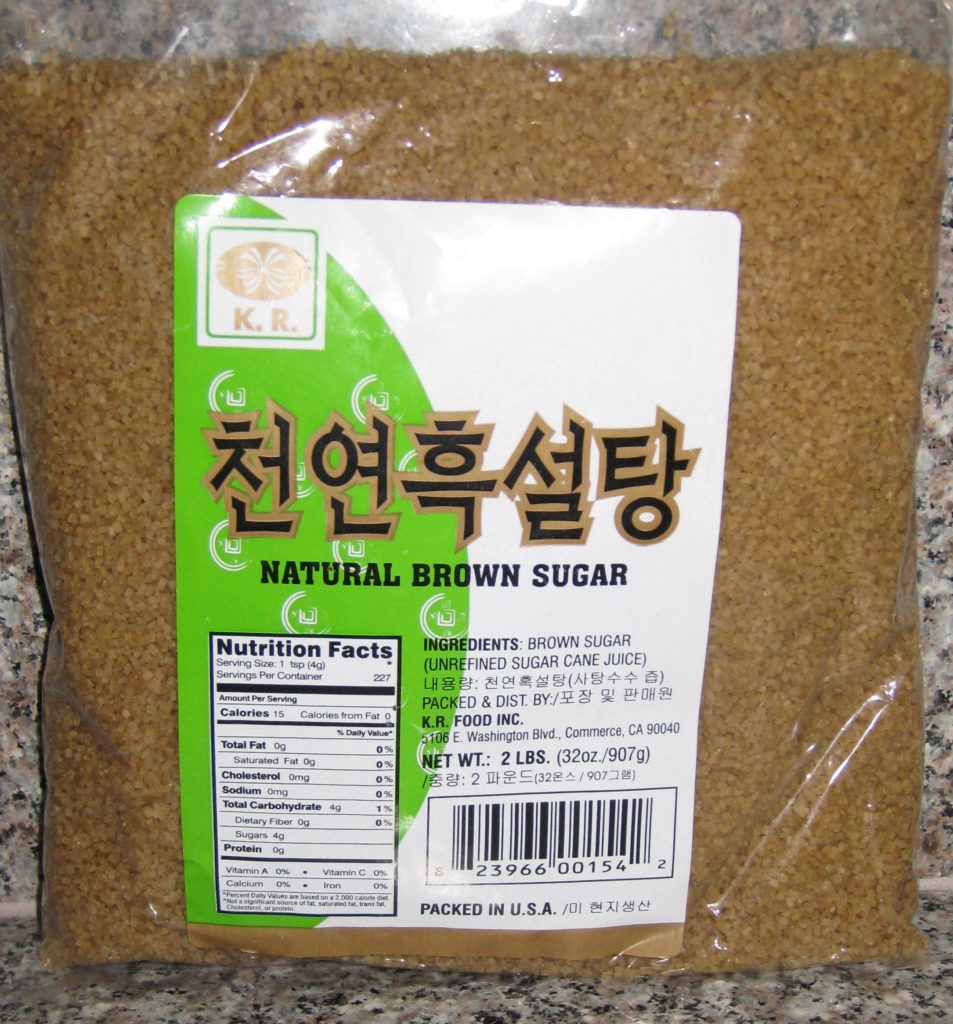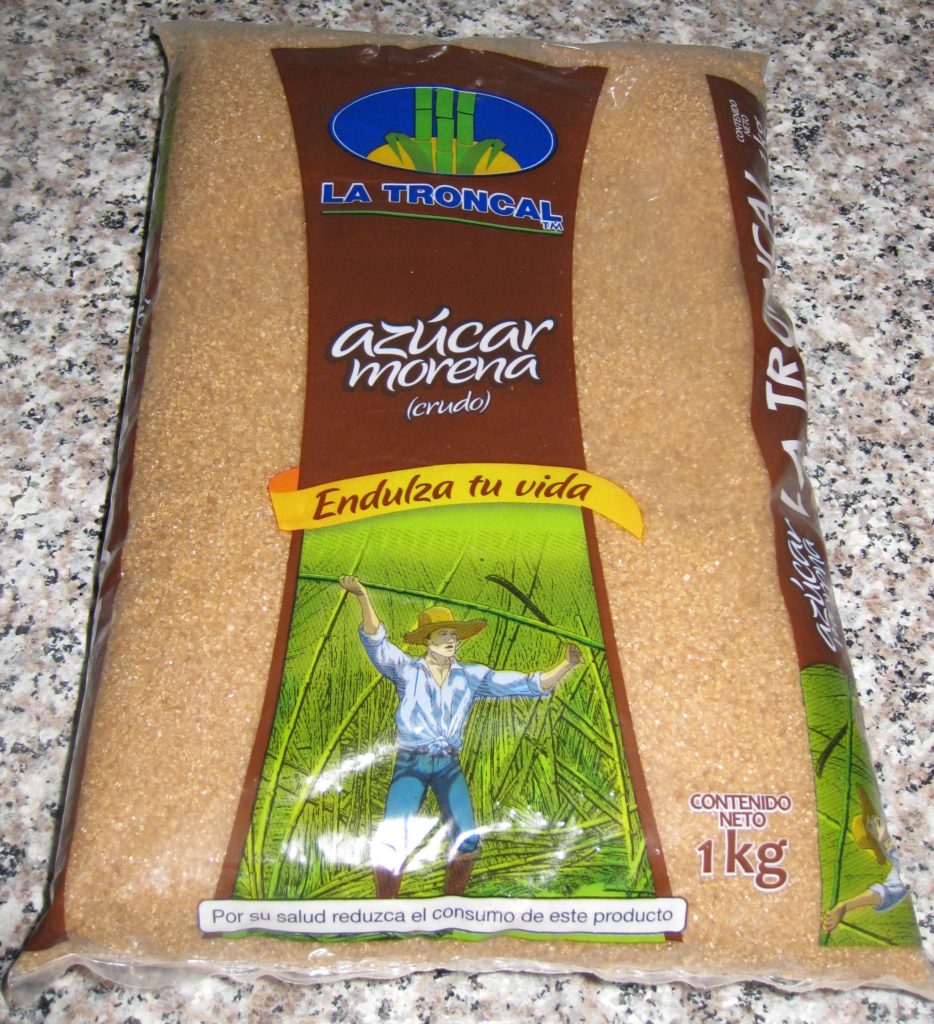January 31, 2018
Torta di Riso is an Italian specialty. It is basically a rice pudding baked inside of a pastry crust; a Rice Tart, so to speak.
I first had Torta di Riso more than 20 years ago while visiting Italy with my husband and his parents.
We ate meals at the homes of many relatives. I often arrived with a spiral-bound notebook to jot down the inevitable recipes that would be discussed around the table or the recipes I begged for after being served something wonderful. That notebook is a mashup of American and Metric measures and English and Italian words for ingredients. It became a bible of sorts for recreating many of the dishes I ate on that trip.
Click HERE to join our mailing list and you’ll never miss a recipe again!
My father-in-law’s Zia (Aunt) Mery made the first Torta di Riso that I ever tasted. Her recipe is below (adapted for American measures).
After having it at Zio (Uncle) Beppe and Zia Mery’s house, I started noticing Torta di Riso in many places in Tuscany.
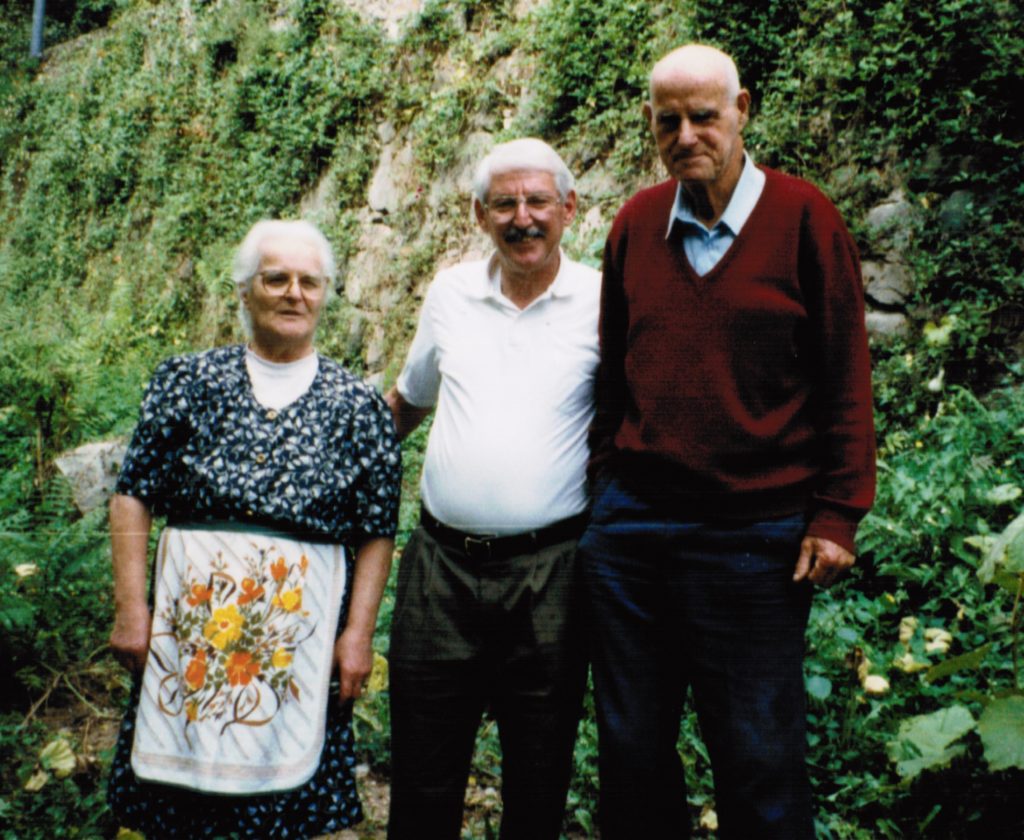
Alkermes liqueur originated in Tuscany so it is particularly appropriate to use it as the liqueur in Torta di Riso. Alkermes is nearly impossible to find in the United States, however. One can make a perfectly traditional Torta di Riso using rum in place of Alkermes but the resulting confection won’t be pink.
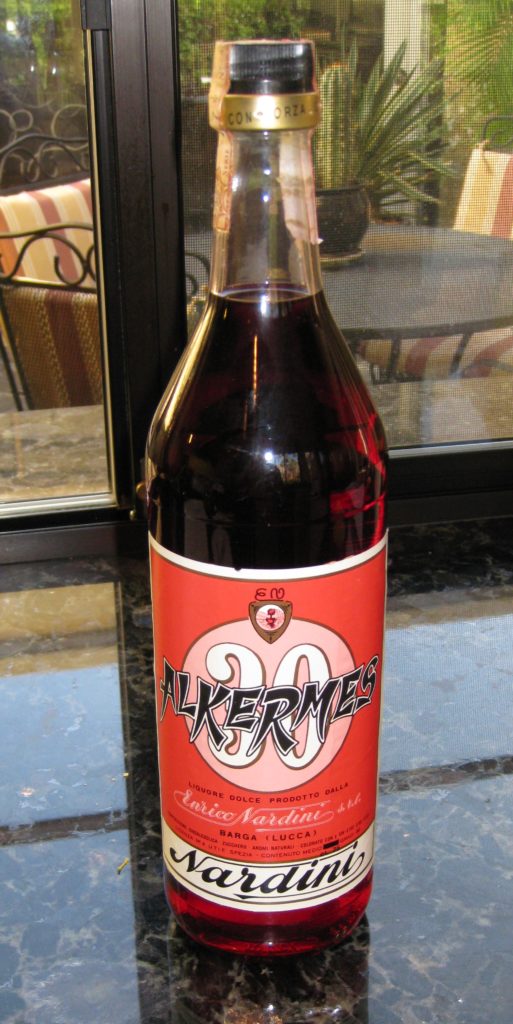
According to CooksInfo, “Alchermes was invented in the Frati Convent at Santa Maria Novella in Florence. Its making was kept secret, but the recipe was reputedly stolen by spies from the nearby city of Siena, which Florence was often at war with.”
Follow us on your social media platform of choice
Recipes for alkermes (also spelled alchermes) are closely guarded but the process basically involves infusing alcohol with spices and flavorings like cinnamon, cloves, vanilla, nutmeg, mace, cardamom, star anise, rosewater, and orange zest. The red color comes from cochineal, an insect that is the foundation for natural red food coloring. The resulting infused alcohol is sweetened and diluted with water.
The pastry crust is pasta frolla, a slightly sweetened pastry, leavened with baking powder, and often flavored with vanilla and lemon zest. This is Mery’s recipe for pasta frolla but I also have one from Zia Fidalma that makes about half the quantity.
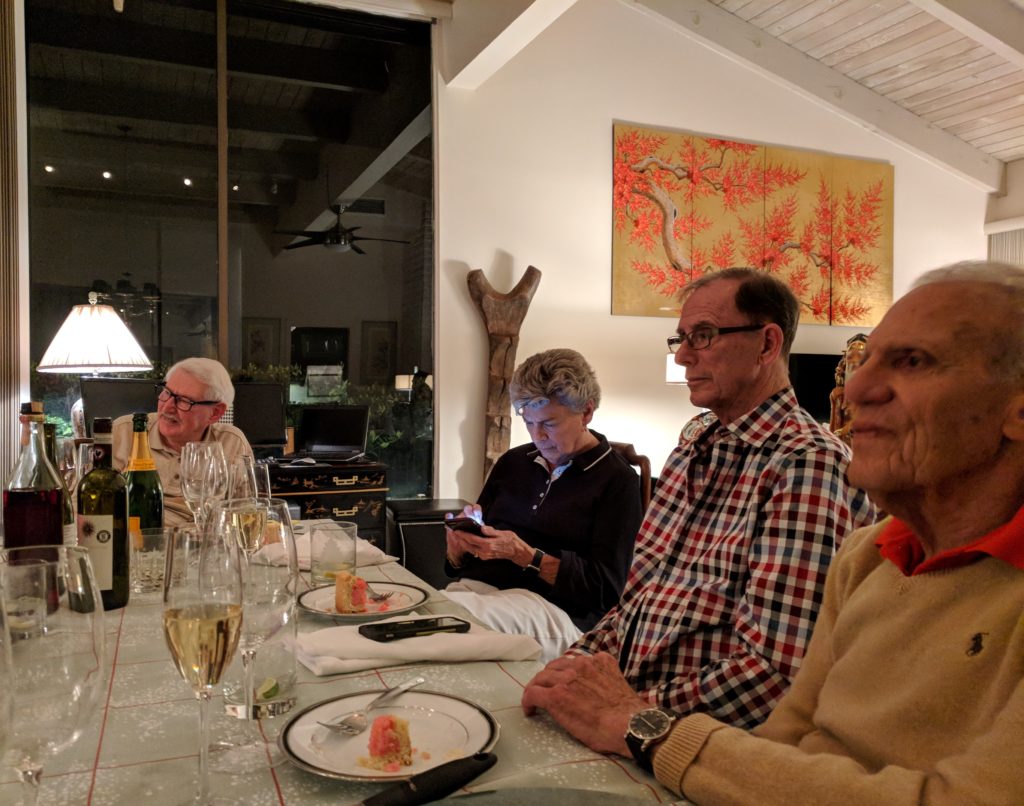
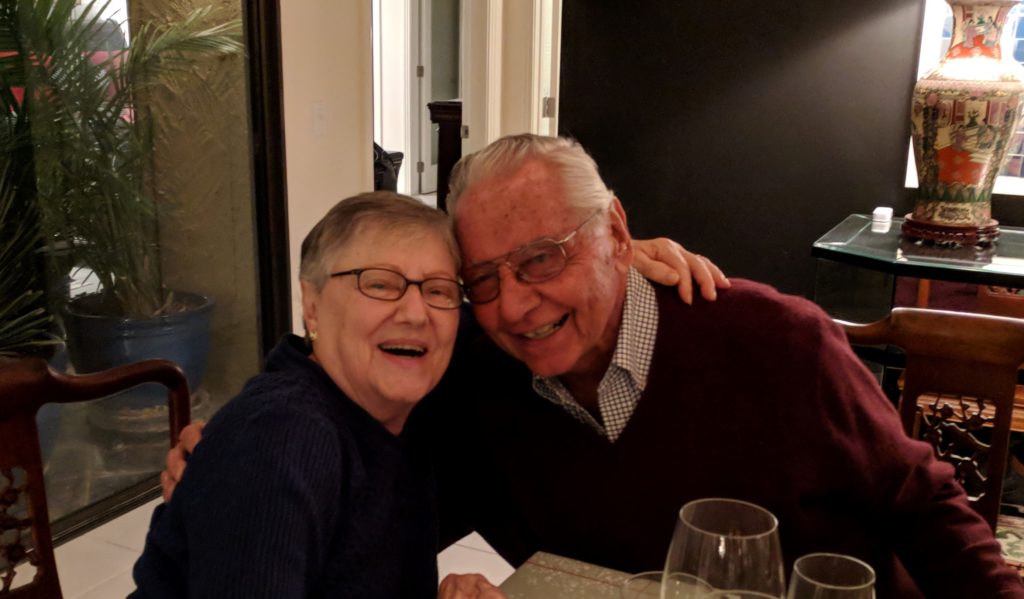


If you don’t have access to Alkermes, you can use rum. In fact, torta di riso is not always pink. Many that I saw in Italy were white.
If you want to try to make your own Alkermes you can find a recipe here. Amazon even sells the dried cochineal insects that provide the traditional scarlet color.
If you have a favorite family recipe and a bit of a story to tell, please email me at santafecook@villasentieri.com and we can discuss including it in the blog. I am expanding the scope of my blog to include traditional recipes from around the country and around the world. If you haven’t seen Bertha’s Flan or Melinda’s Drunken Prunes, take a look. They will give you an idea of what I’m looking for.
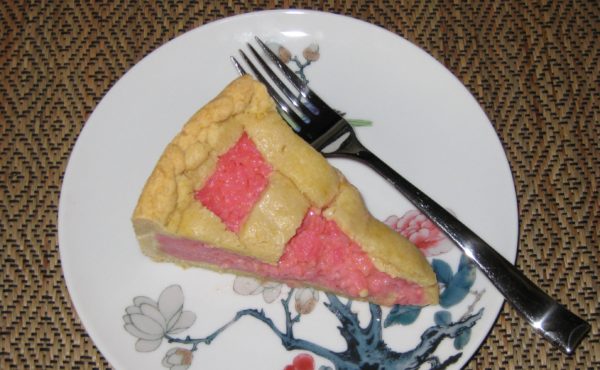
| Prep Time | 30 minutes |
| Cook Time | 75 minutes |
| Passive Time | 30 minutes |
| Servings |
people
|
- 500 grams flour (4 cups plus 2 1/2 tablespoons)
- 250 grams sugar (1 1/4 cups)
- 2 teaspoons baking powder
- 1 teaspoon vanilla powder or vanilla extract
- 1 pinch salt
- Grated zest of one lemon
- 4 ounces butter at room temperature
- 3 extra large eggs or 3 large eggs and 1 tablespoon milk
- 300 grams rice (1 1/2 cups)
- 2 cups whole milk
- 2 cups water
- 1/2 cup rum or 3/8 cup Alkermes plus enough rum to make 1/2 cup
- 3/4 cup sugar
- Grated zest of one lemon
- 1 egg
- 3 egg yolks
Ingredients
Pasta Frolla
Rice
|

|
- Blend the flour, sugar, baking powder, vanilla powder, salt and lemon zest in a food processor until combined.
- Add the butter, cut in pieces, and blend till well combined.
- Add the eggs and blend till the pastry almost forms a ball.
- Remove the pastry from the food processor and use your hands to press everything into a single ball.
- Wrap the pastry in waxed paper and refrigerate for an hour before using.
- Wash and drain the rice.
- Combine the rice, water and milk in a heavy-bottomed sauce pan.
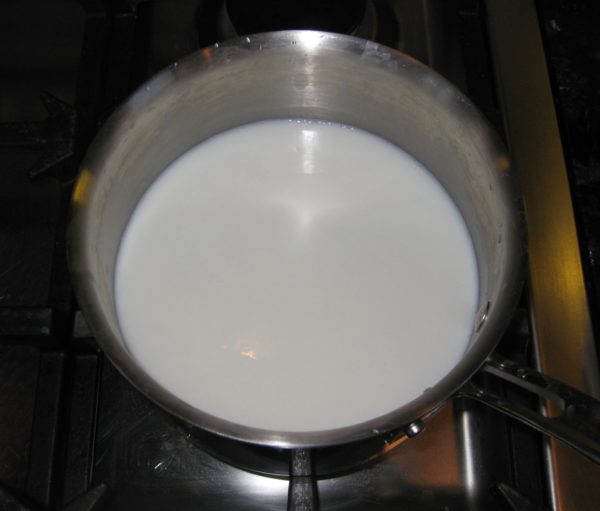
- Bring the rice to a boil.
- Cover the rice and simmer, stirring frequently, until cooked and the liquid is almost completely absorbed. If the rice does not have the consistency of thick oatmeal, add a bit more milk at the end to make it creamy.
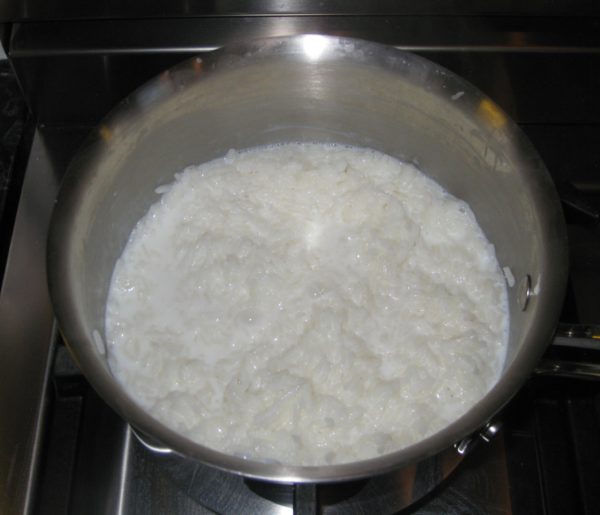
- Mix the sugar, lemon zest, and Alkermes and/or rum into the rice.

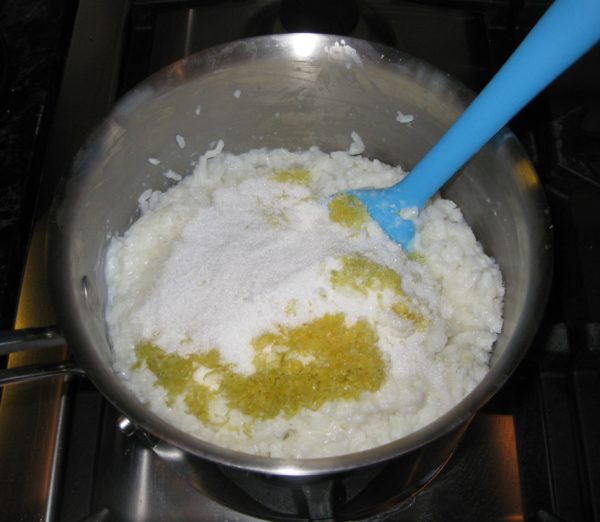
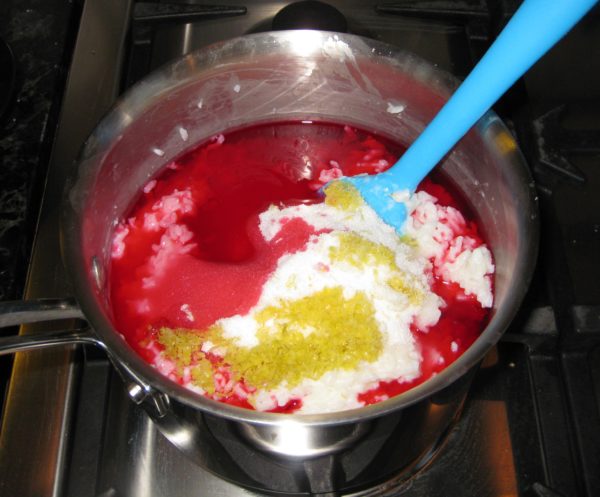
- Pour the rice into a bowl and cool, uncovered, stirring occasionally.
- Cut off a small piece of the pastry to make a lattice top and refrigerate.
- Roll the remaining pastry between waxed paper, turning often, until it is large enough to cover the bottom and sides of a 10 inch springform pan.
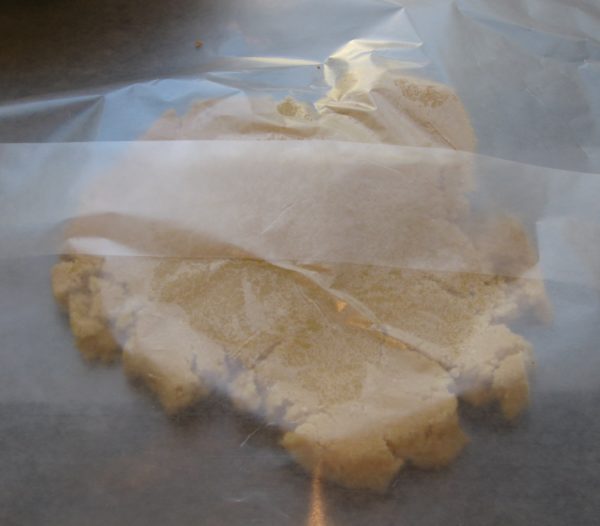
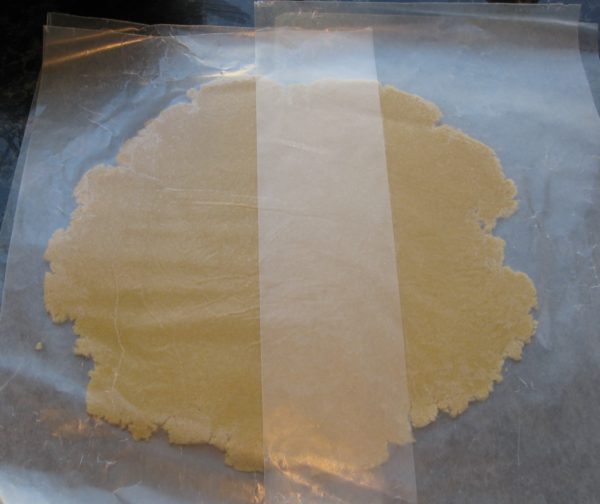
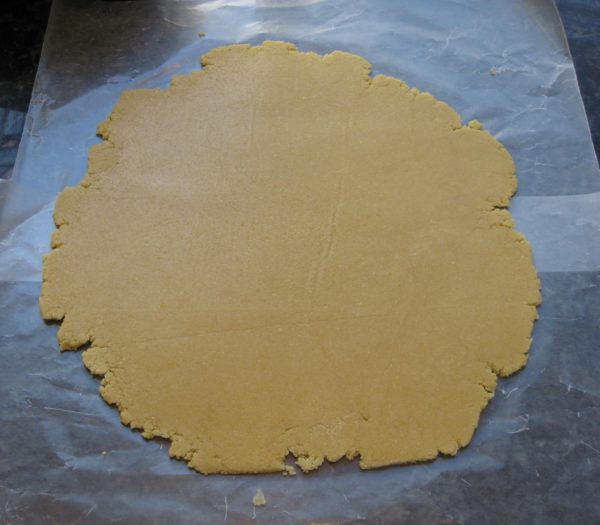
- Line a 10" springform pan with the pasta frolla.
- Cut the pastry even with the top of the pan. Add the scraps to the pastry you have reserved for the lattice.
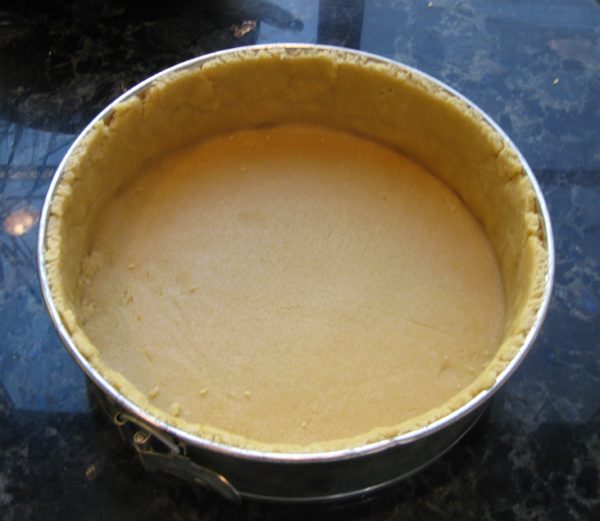
- Beat the egg and egg yolks to combine.
- Stir the beaten eggs into the cooled rice.
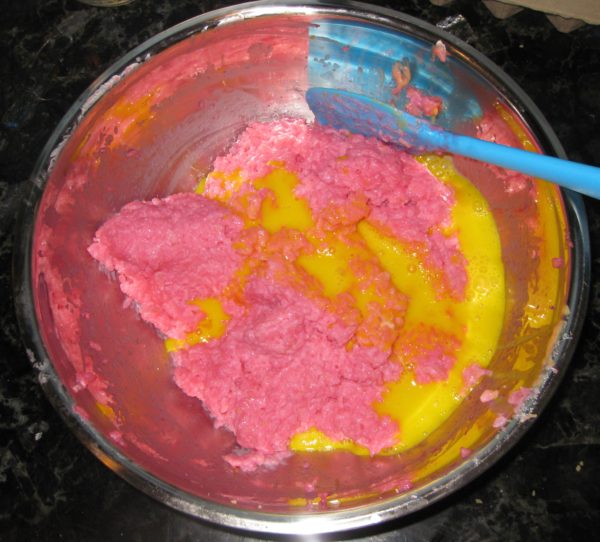
- Pour the rice into the pastry lined pan.
- Roll out the pastry reserved for the lattice.
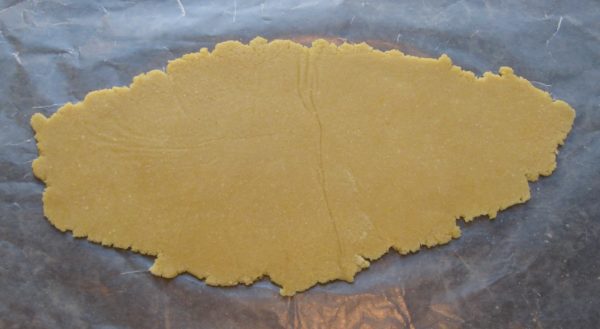
- Cut seven or eight strips, approximately 1/2 inch wide.
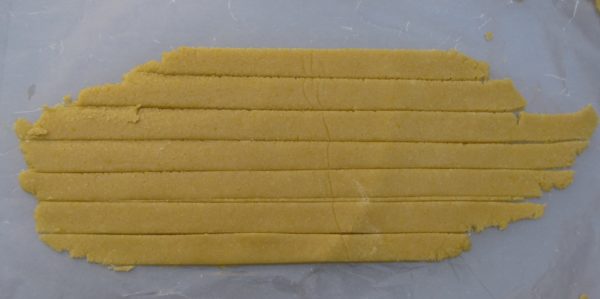
- Arrange the strips into a lattice on top of the rice. Cut off the excess.
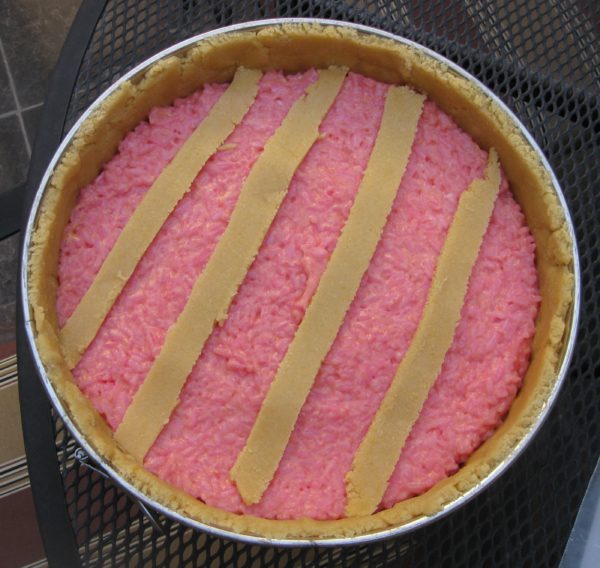
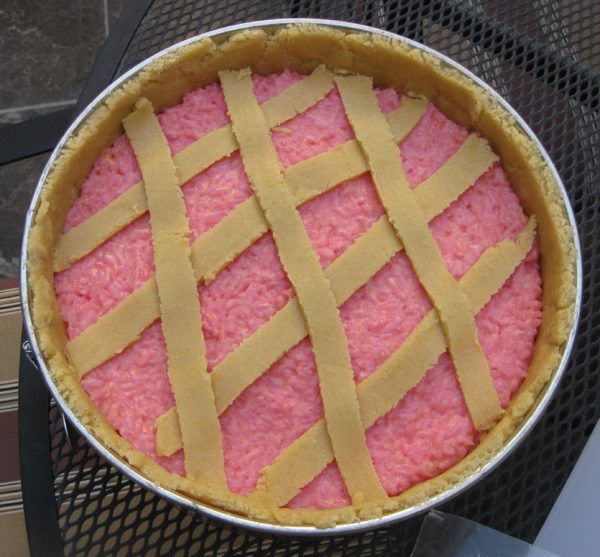
- Roll the pastry lining the sides of the pan down to the top of the rice and form a decorative edge.
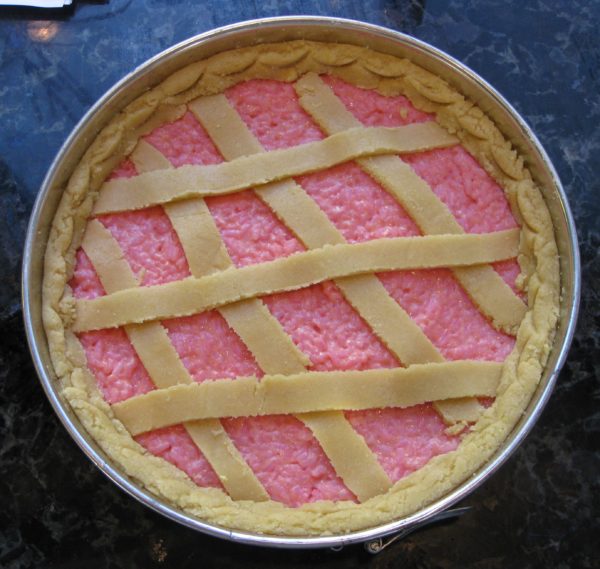
- Bake at 350°F until the crust is lightly browned and the rice is barely jiggley in the center, approximately 30-45 minutes.
- Cool on a rack for approximately 20 minutes.
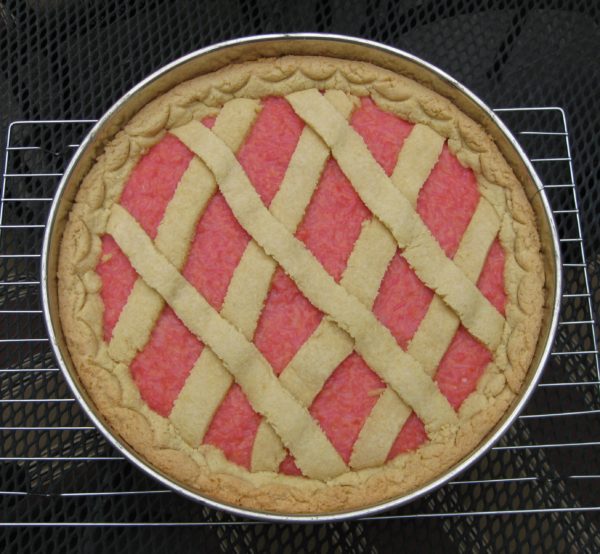
- Remove the side of the pan and cool completely.
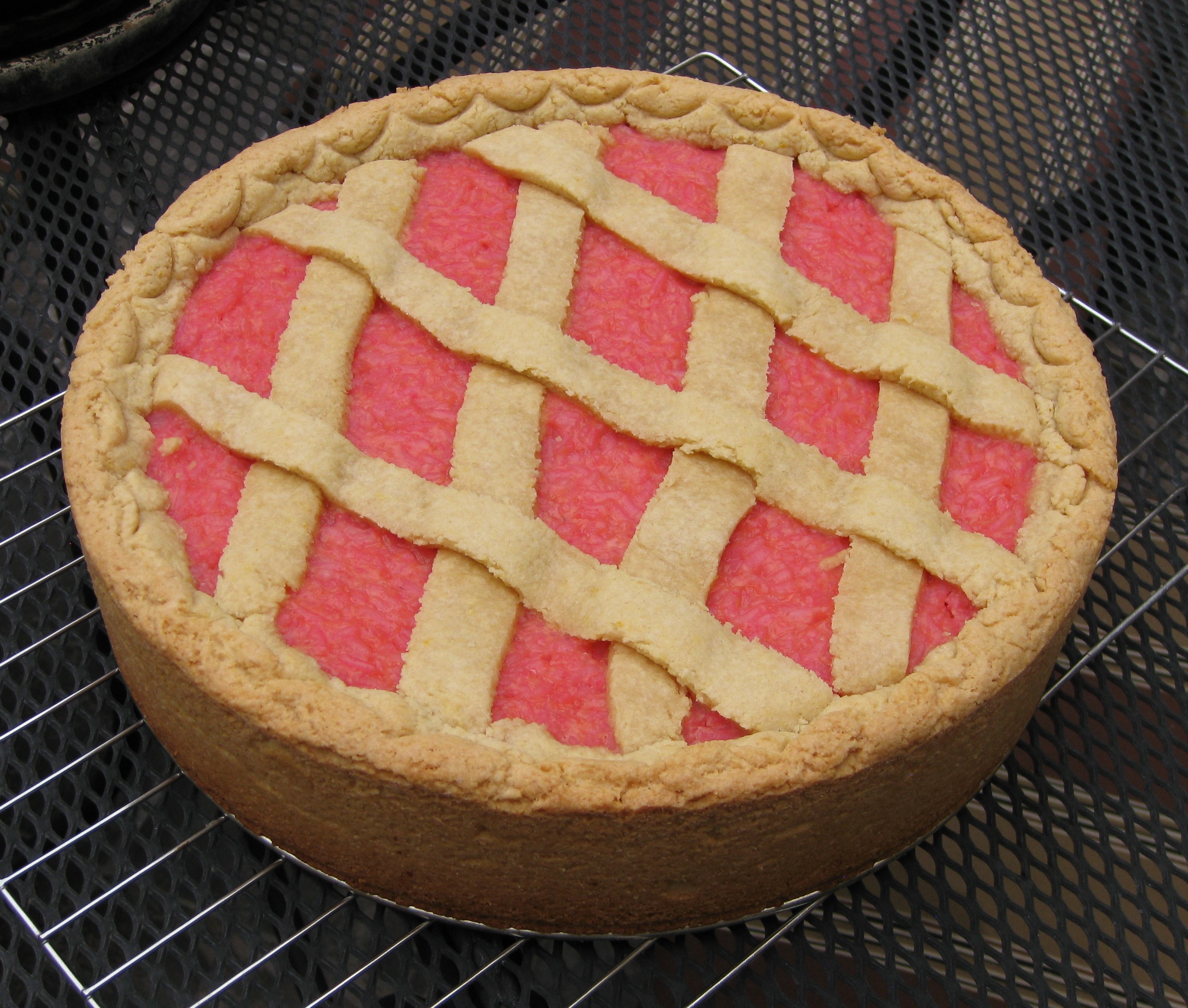
Copyright © 2018 by VillaSentieri.com. All rights reserved.

